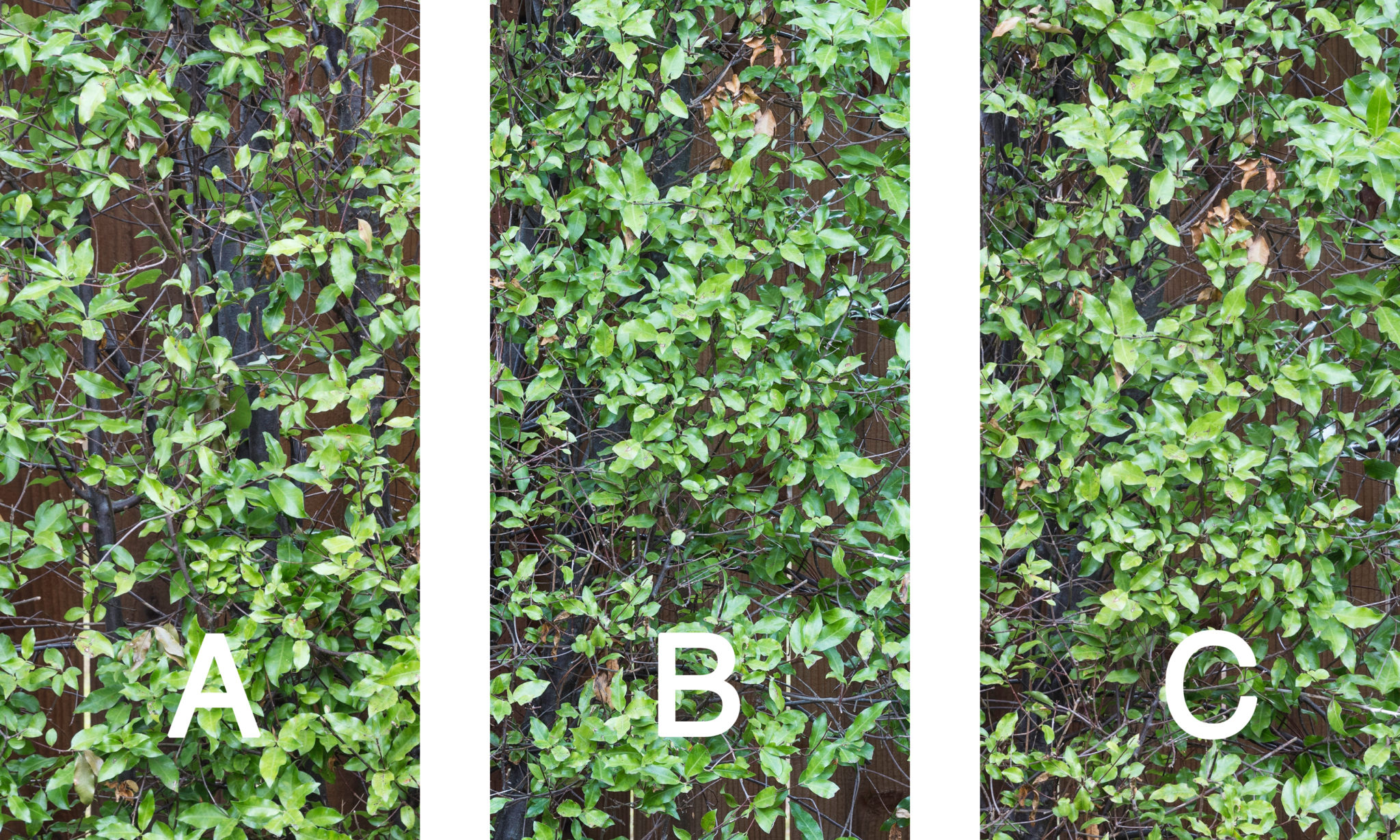Earlier today I read a comment by someone who understands the appeal of small, cropped-sensor mirrorless cameras but wondered, “What’s the charm that gets people excited about FF mirrorless?” The writer pointed out that size/weight advantages of mirrorless are diminished in full-frame mirrorless cameras, where one would likely use larger lenses, and that the electronic viewfinder (EVF) displays and shorter battery life seem like disadvantages by comparison to full frame DSLRs.
The answers to somewhat complex and subjective. I provided a rather short answer to the question in the original venue… but only after writing and deleting a longer reply (too long for that forum) that now forms the basis of what follows.
You are right to note that mirrorless (and DSLR) systems both have pluses and minuses. Reading what some write about this subject, you might start to think that the distinctions are black and white, where A is always better — unless the writer prefers B, in which B is always better in every way.
It is actually more nuanced than that, and we are in a period of transition where mirrorless systems are changing faster than DSLR systems — meaning that the former may not yet be up to speed in some areas for some users, but that they are rapidly becoming more competent and may be the better choice for more photographers than in the past.
(I use both mirrorless and DSLR systems. In some cases I prefer my mirrorless system. In other cases I prefer my DSLR. Other photographers I know feel differently. For example, I prefer my mirrorless system for street photography, but I often find myself with folks using small DSLRs. I’ve stood side-by-side with photographers using mirrorless cameras to photograph birds in flight while I used a DSLR.)
Part of the answer involves how the mirrorless cameras became popular, and part of it relates to the features and characteristics of the two options. Continue reading What Is Appealing About Mirrorless?


